Top Attractions in Gilgit-Baltistan
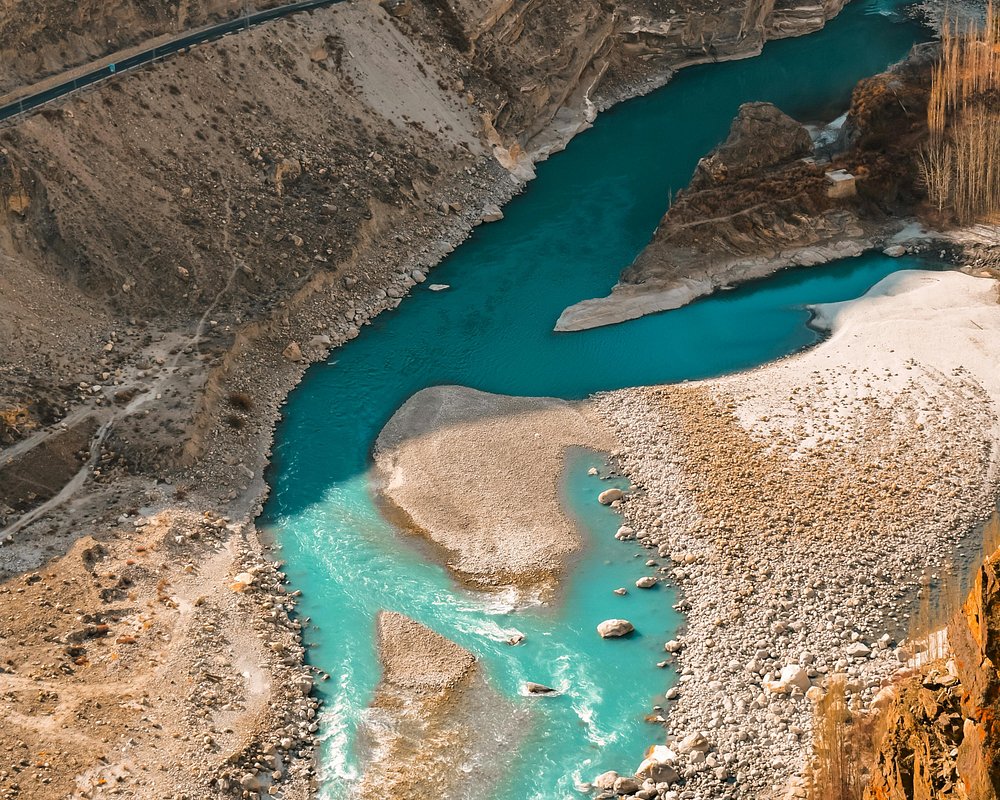
1. Hunza Valley
Hunza Valley is a stunning mountainous region located in the Gilgit-Baltistan territory of northern Pakistan. Surrounded by the majestic peaks of the Karakoram Range, including Rakaposhi and Ultar Sar, the valley is renowned for its breathtaking natural beauty, lush green terraces, and crystal-clear rivers.
Hunza is not only a paradise for nature lovers but also a haven for trekkers and adventure seekers due to its proximity to some of the world’s highest peaks.
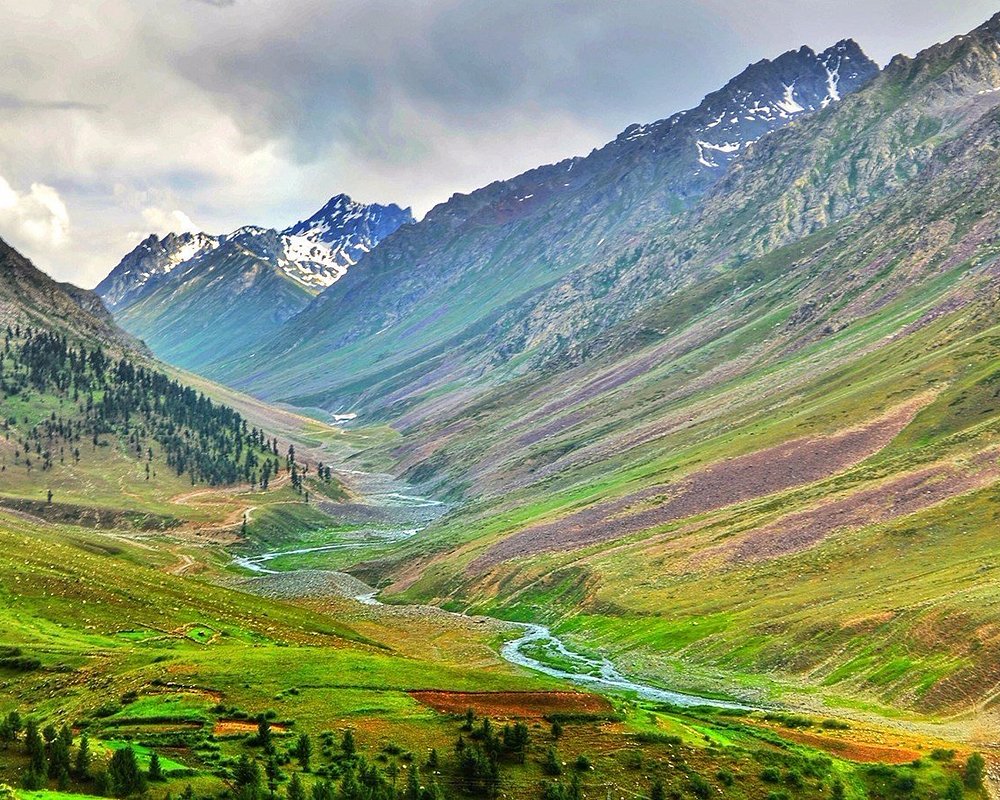
2. Deosai National Park
Deosai National Park is a high-altitude plateau located in the Gilgit-Baltistan region of Pakistan. Often referred to as the “Roof of the World,” it sits at an average elevation of over 4,000 meters (13,000 feet), making it one of the highest plateaus in the world.
The park is famous for its vast grasslands, vibrant wildflowers, snow-covered mountains, and rich biodiversity. It is home to rare wildlife species, including the Himalayan brown bear, snow leopard, golden marmot, and various migratory birds.
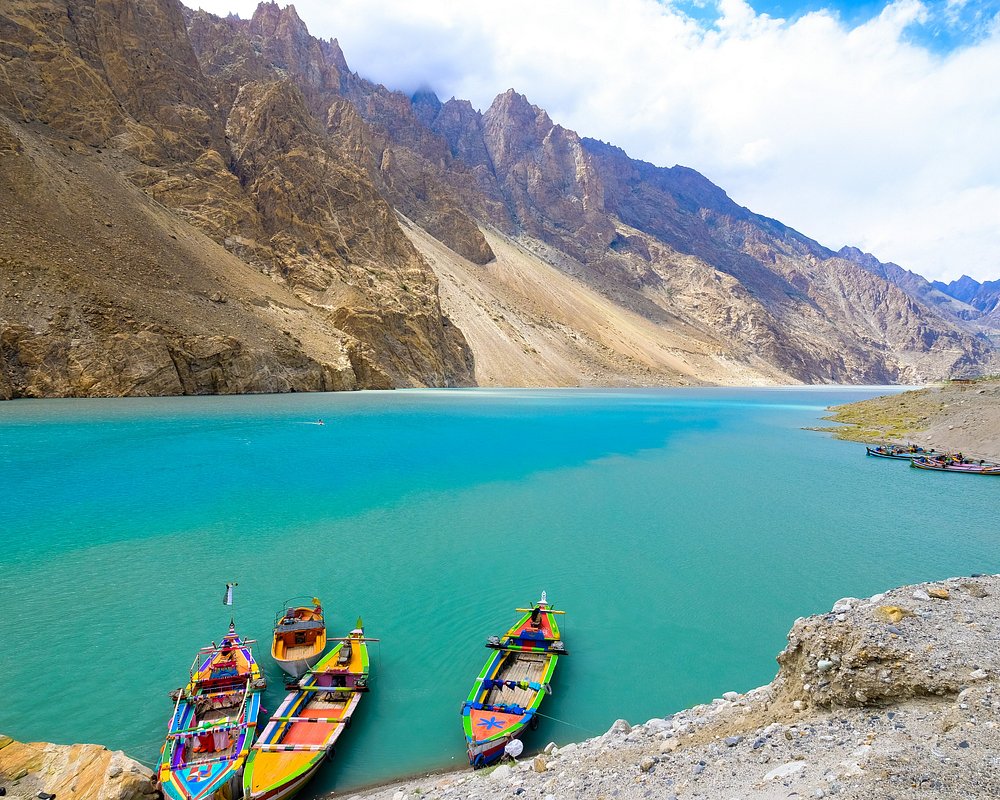
3. Attabad lake
Attabad Lake is a stunning turquoise lake located in the Hunza Valley of Gilgit-Baltistan, Pakistan. It was formed in January 2010 as a result of a massive landslide that blocked the Hunza River, creating this natural reservoir.
The lake stretches about 13 miles (21 kilometers) and is up to 358 feet (109 meters) deep. It quickly became a popular tourist destination due to its breathtaking scenery, clear blue waters, and surrounding snow-capped mountains.
Attabad Lake offers recreational activities such as boating, jet skiing, fishing, and camping. It also serves as an important transport route in the region. Despite its tragic origin, the lake has become a symbol of nature’s beauty and resilience.
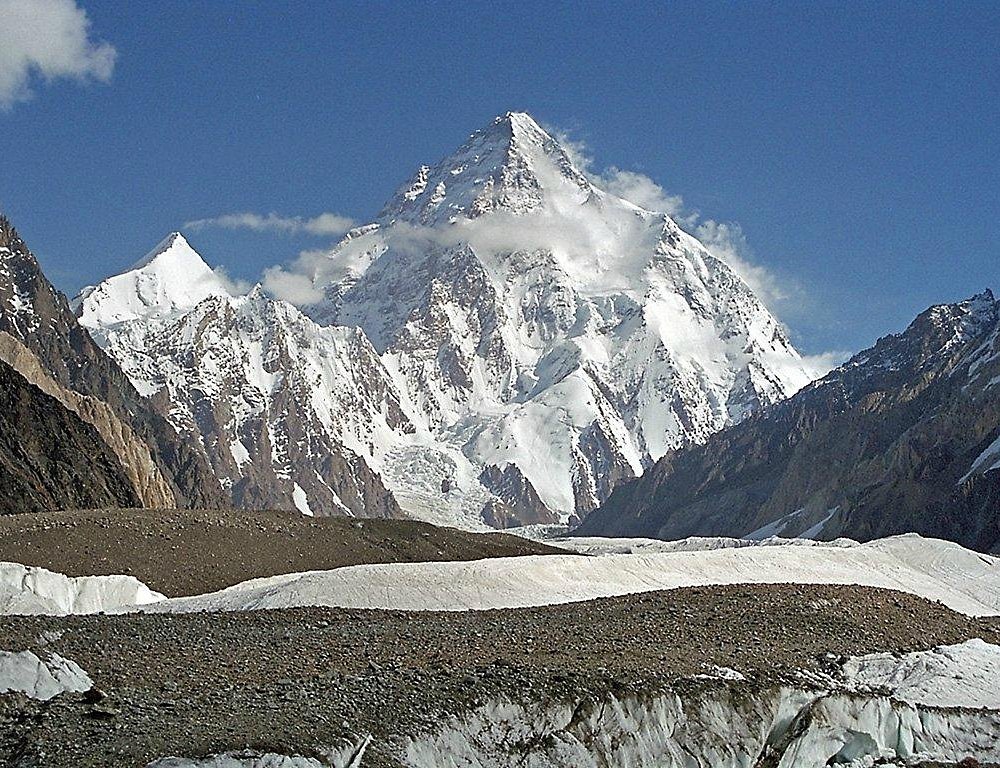
4. K2 Mountain
K2, also known as Mount Godwin-Austen or “Chogori,” is the second-highest mountain in the world, standing at 8,611 meters (28,251 feet) above sea level. It is located in the Karakoram Range on the border between Pakistan and China.
Known as the “Savage Mountain,” K2 is considered one of the most difficult and dangerous peaks to climb due to its harsh weather, steep slopes, and technical challenges. Unlike Mount Everest, it has a much lower success rate and a higher fatality rate among climbers.
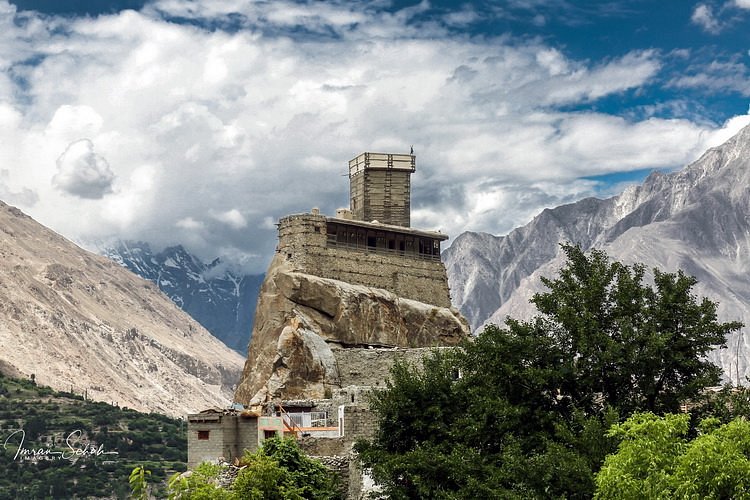
5. Altit Fort
Altit Fort is an ancient fort located in the Hunza Valley of Gilgit-Baltistan, Pakistan. It is believed to be over 900 years old, making it one of the oldest monuments in the region. The fort was originally the residence of the Hunza royal family before they moved to the nearby Baltit Fort.
Strategically built on a cliff overlooking the Hunza River, Altit Fort offers stunning views of the valley and surrounding mountains. The architecture reflects a blend of Tibetan, Central Asian, and local influences.
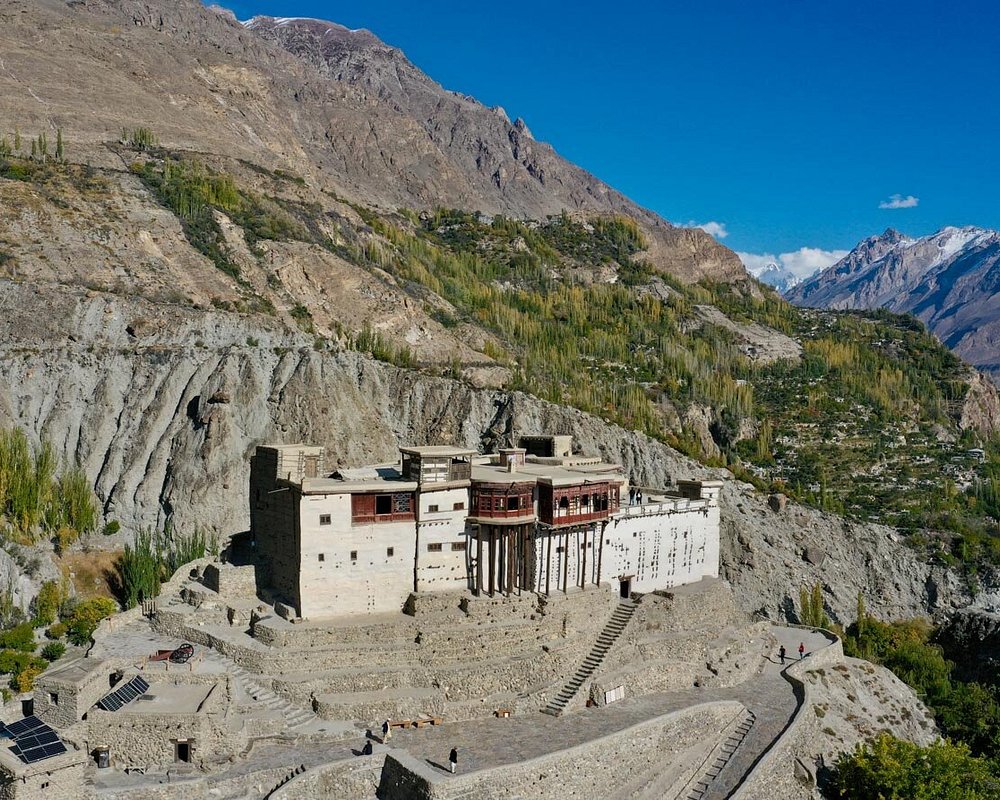
6. Baltit Fort
Baltit Fort is a historic fort located in Karimabad, Hunza Valley, in Gilgit-Baltistan, Pakistan. Estimated to be over 700 years old, it was the former residence of the rulers of Hunza, known as the Mirs.
Built on a hilltop, the fort offers panoramic views of the Hunza Valley and surrounding peaks like Ultar Sar and Rakaposhi. Its unique architecture shows Tibetan and Balti influences, with wooden balconies and stone foundations.
Baltit Fort has been carefully restored and preserved with the support of the Aga Khan Trust for Culture. Today, it functions as a museum and cultural center, representing the heritage, history, and craftsmanship of the region.
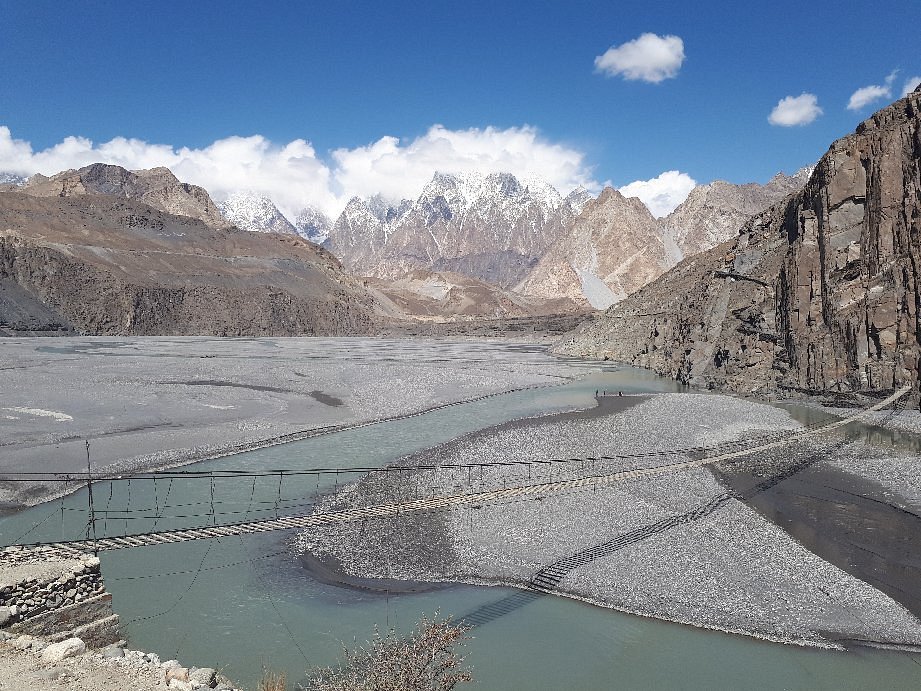
7. Hussaini Hanging Bridge
Hussaini Hanging Bridge is often called one of the most thrilling footbridges in the world. Situated near the village of Hussaini in Gilgit-Baltistan, Pakistan, it spans the Hunza River, linking the remote settlements of Hussaini and Zarabad.
Although not an official tourist structure, Hussaini Hanging Bridge remains a testament to local resilience, resourcefulness, and the captivating allure of the Karakoram wilderness.
Get the inside scoop
Sign up for the Pirmly Travels newsletter and stay up to date
